

Korean Trends and Ancient Styles
A close relationship exists between the growth of traditional Korean handicrafts and the early trade exchanges between the Goryeo kingdom and China. Over time, these handicrafts developed their own unique characteristics.
Korean culture is regarded as a trend indicator in Asia and in the world. People from all over the world adore and imitate all aspects of Korean culture, from clothing and food to housing and transport. The unique food culture, scenic spots featured in Korean dramas, K-pop songs, Korean groups, and Korean-style clothing are popular worldwide and drive millions of tourists to visit South Korea every year. In a way, they form their own particular Korean wave.

South Korea has a long history. Since the Goryeo dynasty, exquisite traditional handicrafts have been passed down generation by generation. The traditional Goryeo style has been admired through magnificent and simple cultural relics from ancient to present times. This ancient style has crossed the river of time and has transcended beyond trends.
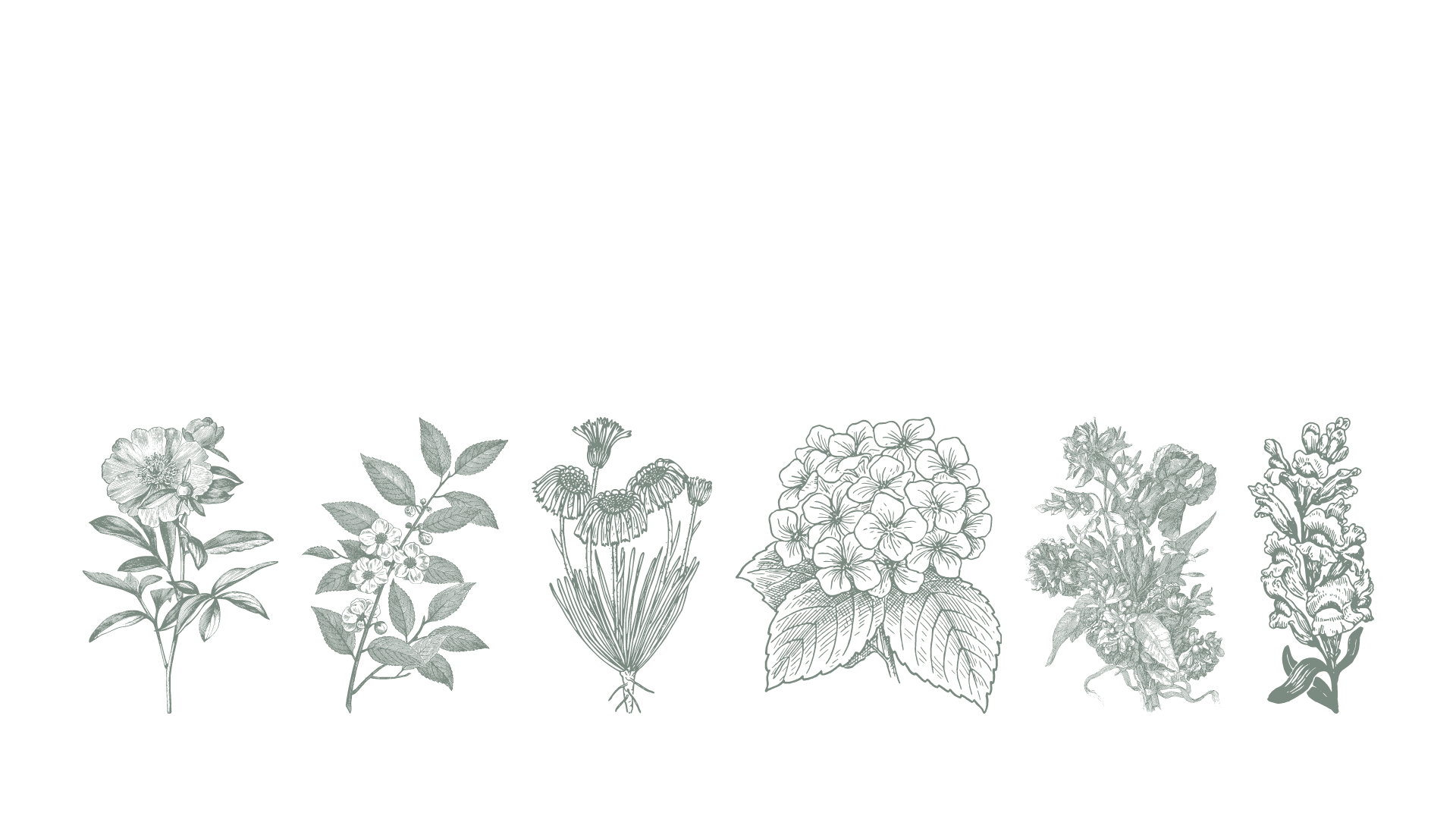
Traditional Korean crafts – celadon ware
Goryeo celadon is a type of traditional Korean ceramics. It refers to celadon made using the techniques developed during the Goryeo dynasty, and its development was closely bound with the trade relationship between the Goryeo kingdom and China. Early forms and glaze colors were deeply influenced by Chinese kilns, but Goryeo celadon gradually developed its own rich decorative techniques and achieved its heyday between the 12th and 13th centuries.

Goryeo inlaid celadon ware
Goryeo celadon techniques became popular in the Korean peninsula from the 12th to 13th centuries. The celadon plate in the image was decorated using an inlay technique and fired, and is the most representative type of Goryeo celadon ware. The procedure for the inlay technique is as follows: designs and lines are incised onto the ware, and then filled with ocher and white pigments. The overflowing slip is scraped off. The ware is bisque fired, covered with a celadon glaze, and glaze fired. The finished product is a verdant light green color. Celadon techniques were first introduced from China, but Goryeo celadon gradually acquired its own unique artistic value due to its graceful silhouettes and limpid and soft color. Nowadays, it is a representative artwork of the Korean peninsula.
Gifted by Yang Chang-soo, Representative, Korean Mission in Taipei
<Read More "Goryeo Inlaid Celadon Ware">
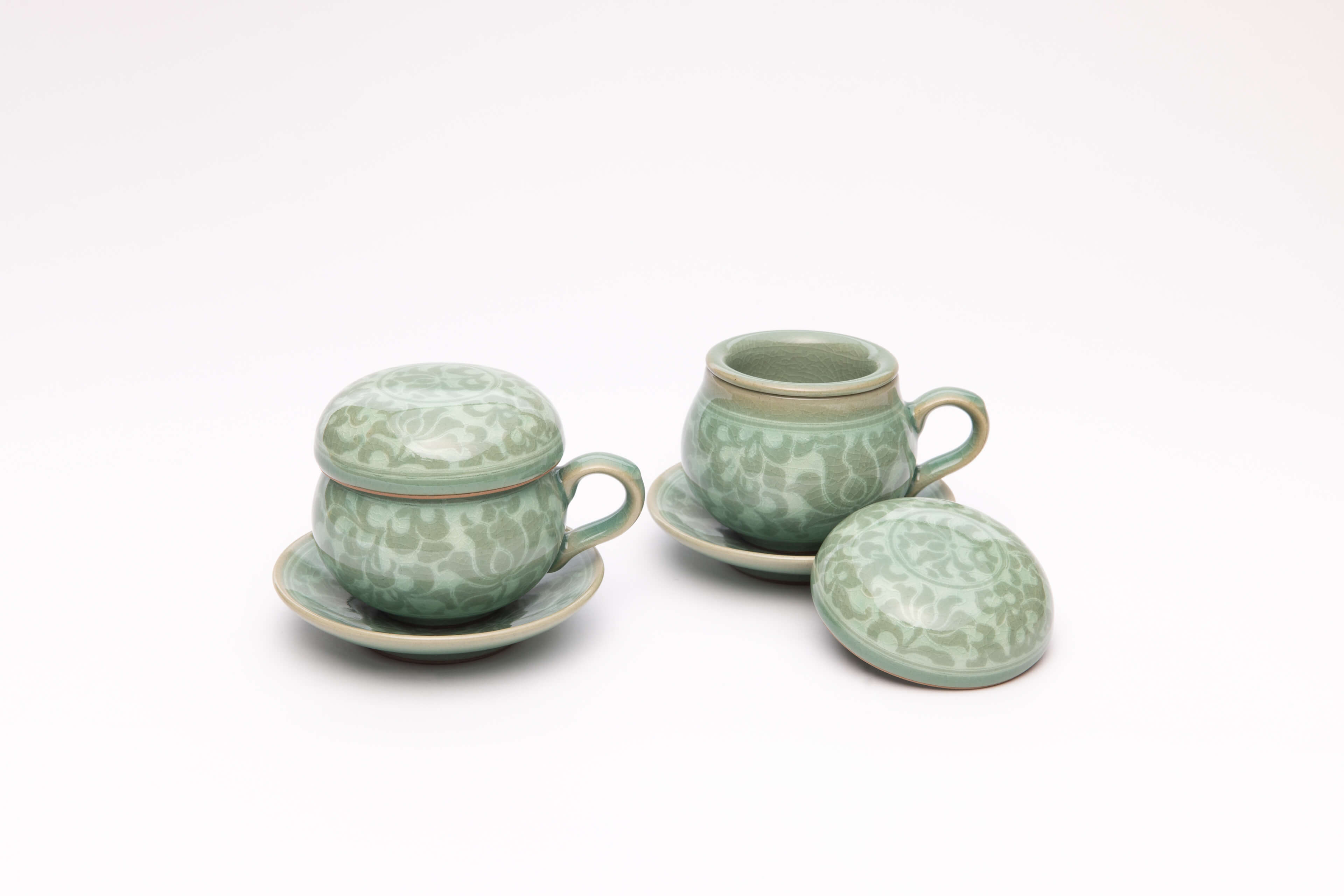
Traditional Korean celadon tea set
This traditional celadon tea set integrates two Korean cultural traditions that were deeply influenced by China. The production techniques used to make Goryeo celadon ceramic wares were greatly influenced by the Song dynasty ceramic kilns, and the heyday of Goryeo secret color ware was between the 12th and 13th centuries. The tea set also symbolizes the tea culture that was introduced to the Korean peninsula from the Three Kingdoms period. To this day, North Korea maintains “tea ceremonies” that emphasize “harmony, respect, frugality, and honesty.” Goryeo celadon and tea culture both attest to the long-standing and close trade relationship between the Korean peninsula and China, which became the cornerstone of a firm friendship.
Gifted by Kang Young-hoon, Representative, Korean Mission in Taipei
<Read More "Traditional Celadon Tea Set">
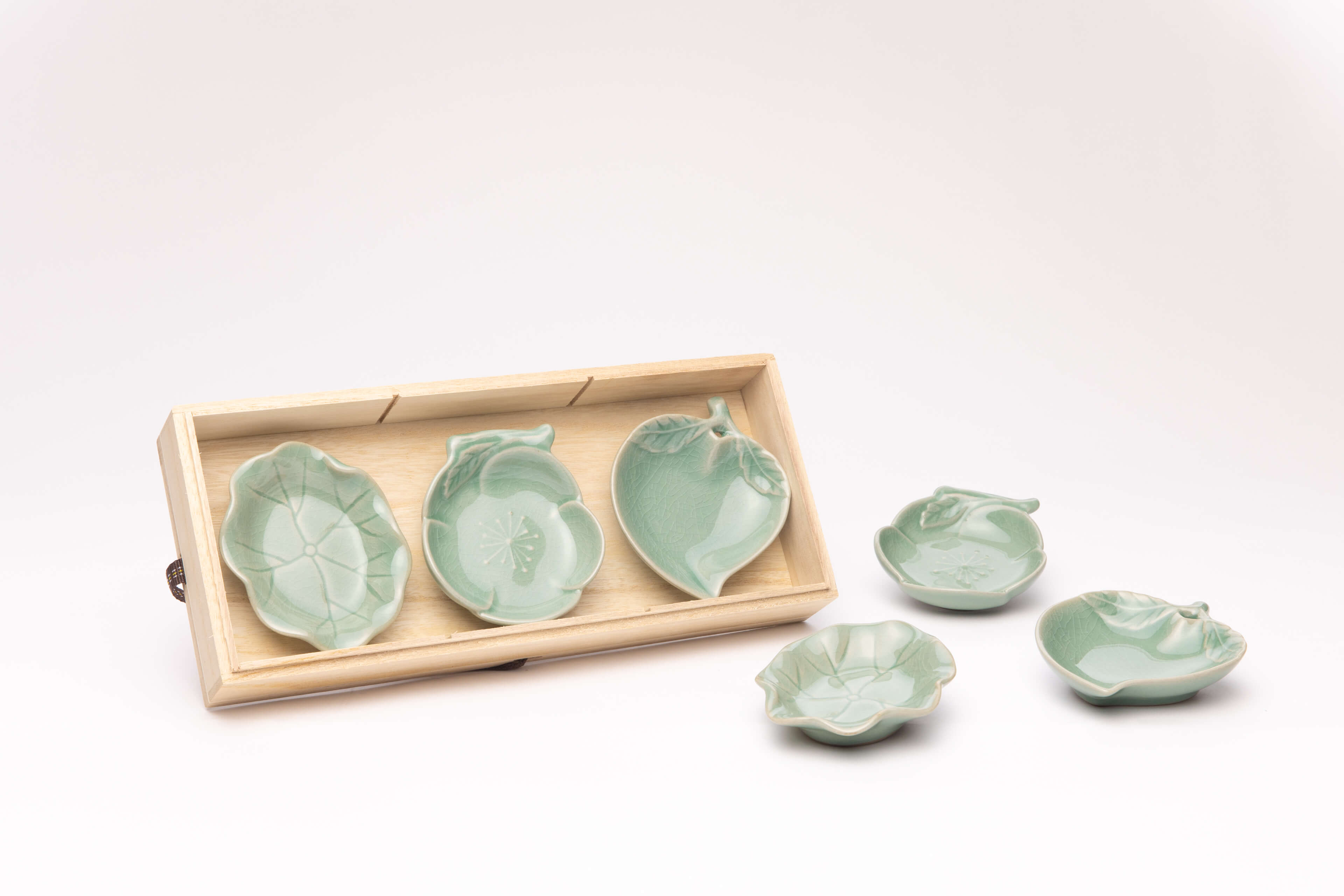
Celadon plate set gift box
Records show that the Korean peninsula has been making pottery since the Neolithic era. The Goryeo celadon-making technique developed during the Goryeo dynasty. Early forms and glaze colors were deeply influenced by Chinese kilns, such as the Song dynasty’s Ru, Ding, Cizhou, and Yaozhou kilns. All of them inspired Goryeo celadon to a certain extent. Goryeo celadon integrates Chinese porcelain styles, and its artistic value reached its heyday between the 12th and 13th centuries. It gradually developed more original forms and decorations, such as pure celadon, beautiful glazes, and inlaid celadon, which became characteristic of Goryeo inlaid celadon. When wares were brought to China, they were acclaimed as “Goryeo secret color” and “first under heaven.”
Gifted by Kang Young-hoon, Representative, Korean Mission in Taipei
<Read More "Celadon Plate Set Gift Box">
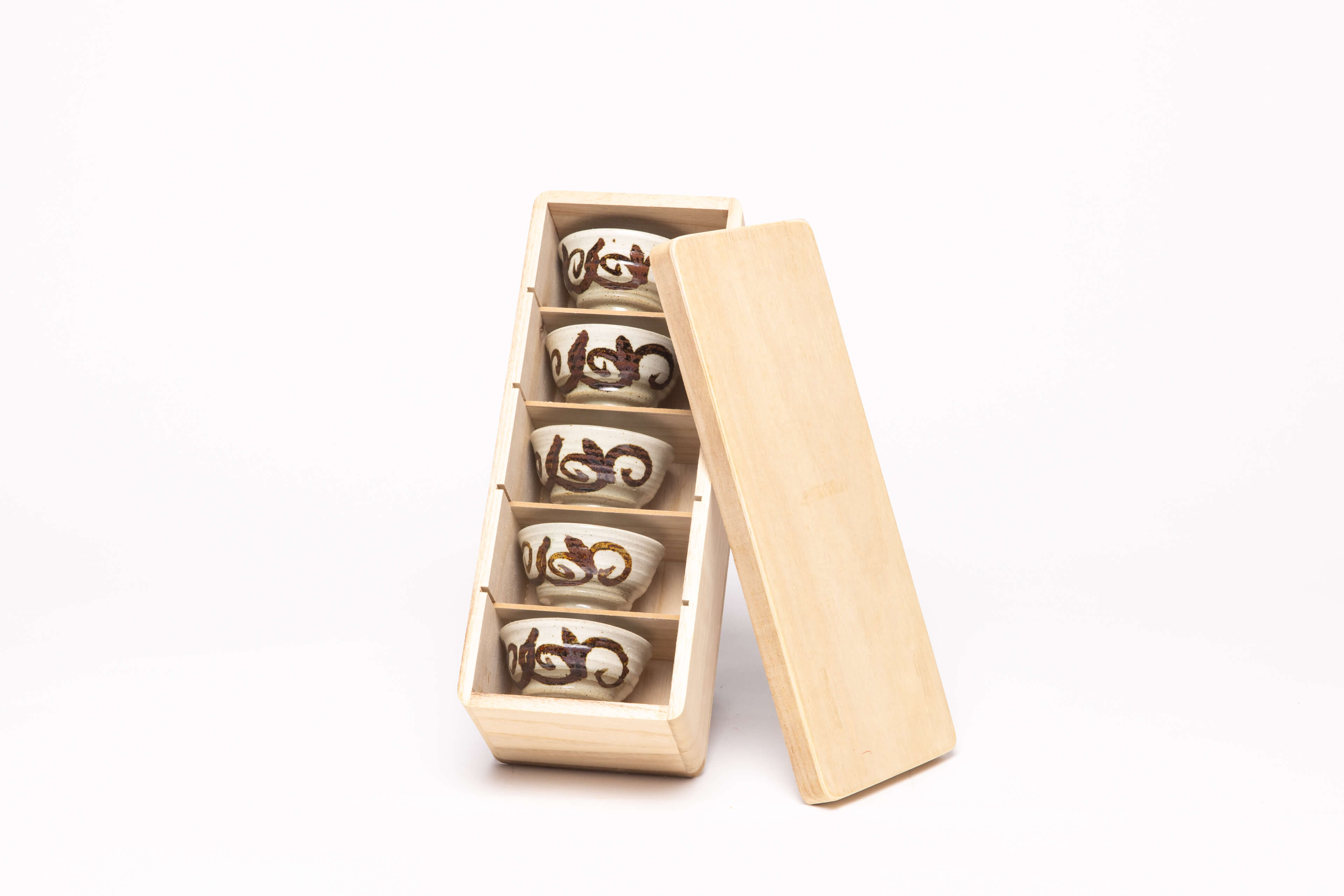
Gyeryongsan iron pigment buncheong ware
Buncheong ware is one of the Korean peninsula’s traditional ceramic forms. It is one of the two representative porcelains of the Joseon dynasty along with Joseon white porcelain. It was inspired by Chinese blue and white porcelain, but has its own unique style. It is characterized by using white mineral pigments containing oxidized iron or oxidized ferrous metals to directly paint designs on gray or ash gray clay body. The kilns weren’t controlled by authorities, so there was greater freedom in the selection of techniques and motifs, and the resulting wares show the optimism and simplicity of the Korean people. It’s worth mentioning that South Chungcheong Province selected Buncheong ware to give as gifts because its Gyeryongsan is a main origin of Buncheong ware.
Gifted by Yang Seung-jo, Governor, South Chungcheong Province
<Read More "Gyeryongsan Iron Pigment Buncheong Ware">
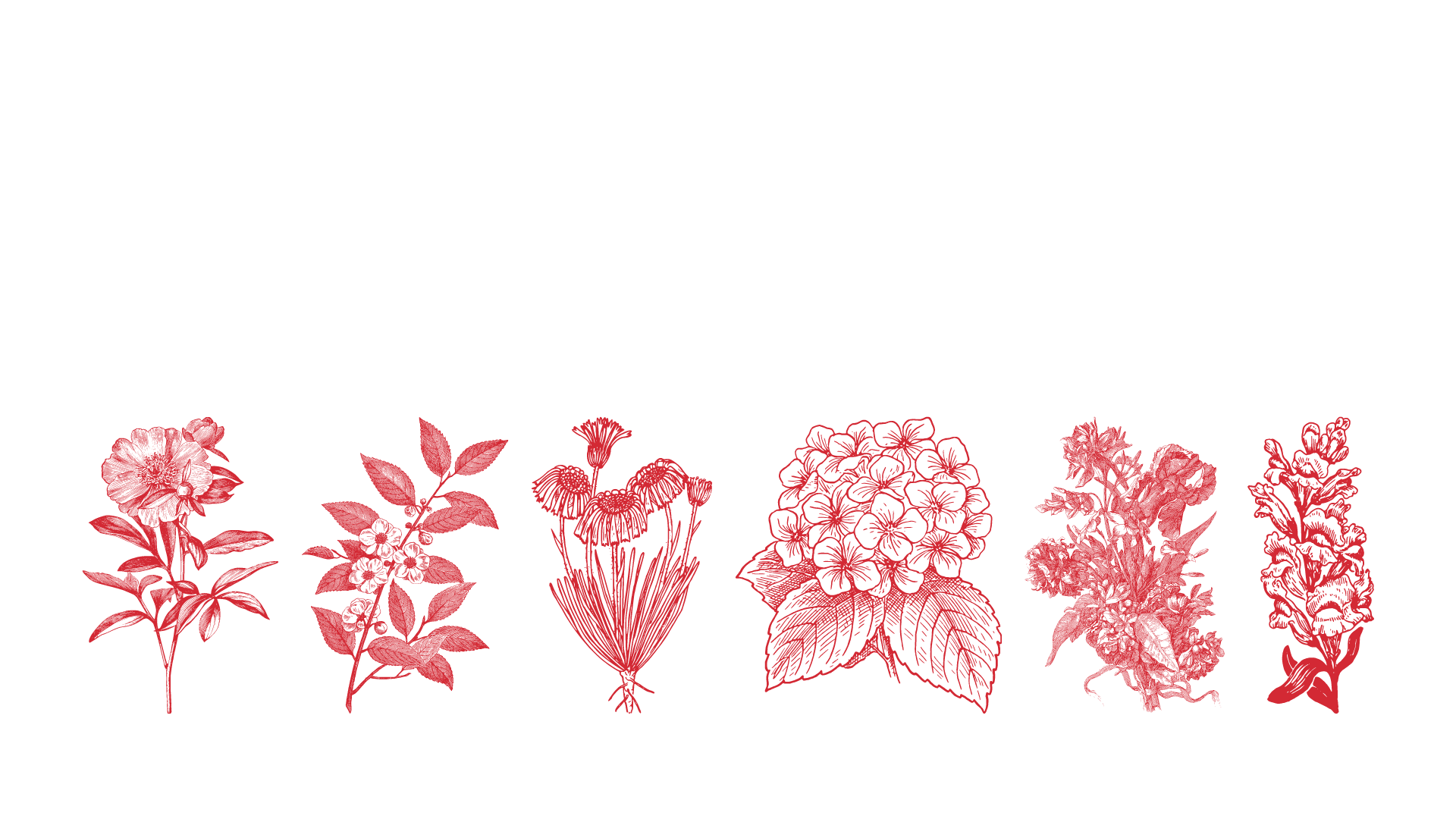
Traditional Korean crafts – embroidery
In the past, South Korea’s cotton and linen industry flourished, embroidery and weaving techniques developed rapidly as a result. Embroidery for clothing and daily necessities became prevalent. Unique patterns and bright colors were generally used for royal clothing and religious structures. Embroidery peaked during the Goryeo dynasty, and embroidered designs and materials became an indication of status. As times changed, traditional embroidered products became essential tourist souvenirs.
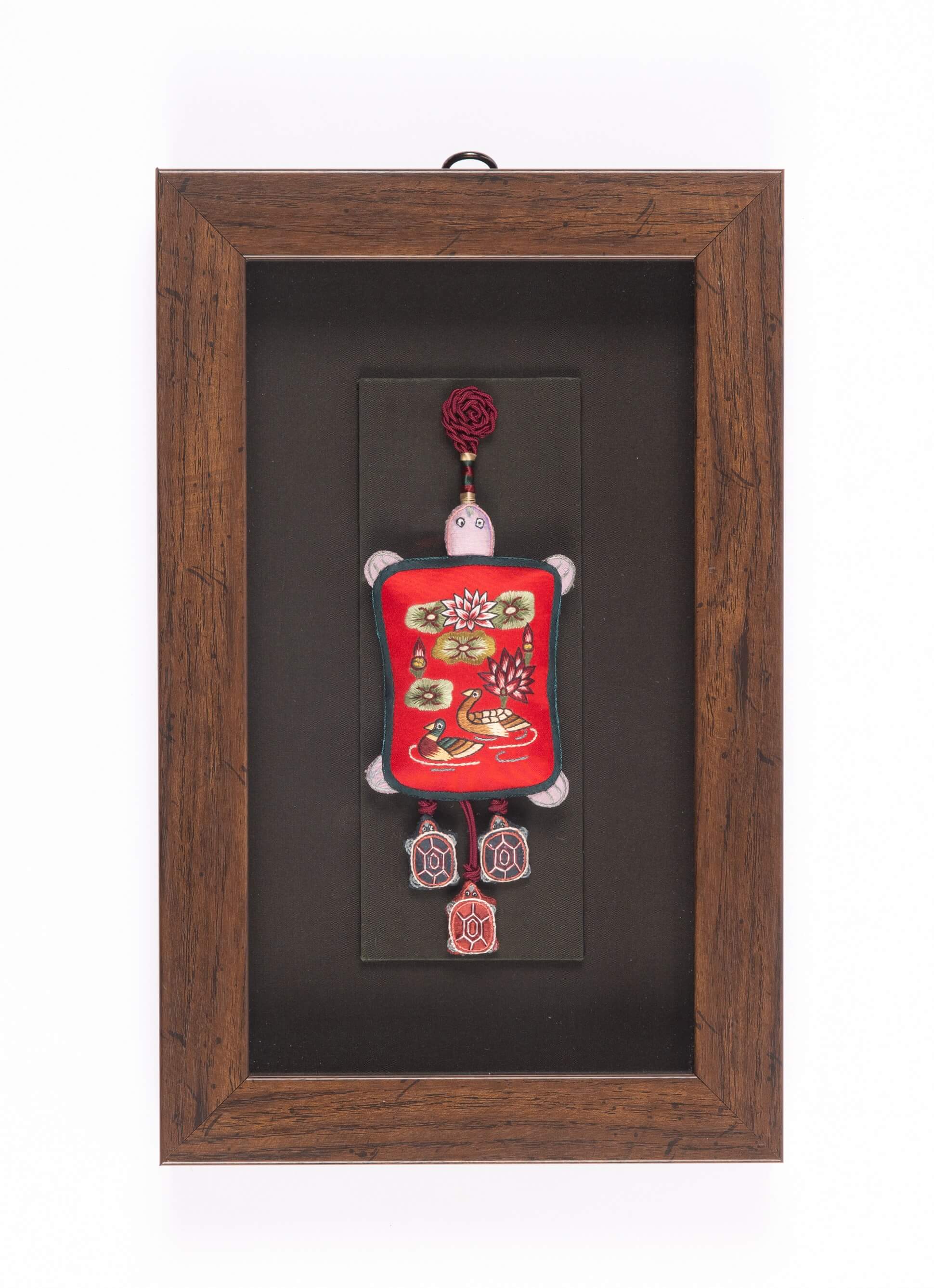
Traditional embroidered pendant
Korean embroidery is a representative and traditional craft that has been wholly preserved from the Goryeo Dynasty. Colorful pictures, patterns, and scripts are embroidered stitch by stitch, realistically reproducing everything in the world on silk and satin. Different techniques and a selection of needles and threads are used to create three-dimensional forms and styles. In traditional Korean society, embroidered ornaments represented social status. There were strict embroidery-related regulations for the attire of members of the royal family, and embroidery was used to display the majesty and dignity of the royal family. Nowadays, embroidered products are high-end gifts. The embroidered pendant and totems in the image represent different symbols. The tortoise symbolizes long life, while the mandarin ducks symbolize a perfectly harmonious married couple.
Gifted by Mr. and Mrs. Kang Young-hoon, Representative, Korean Mission in Taipei
<Read More "Traditional Embroidered Pendant">
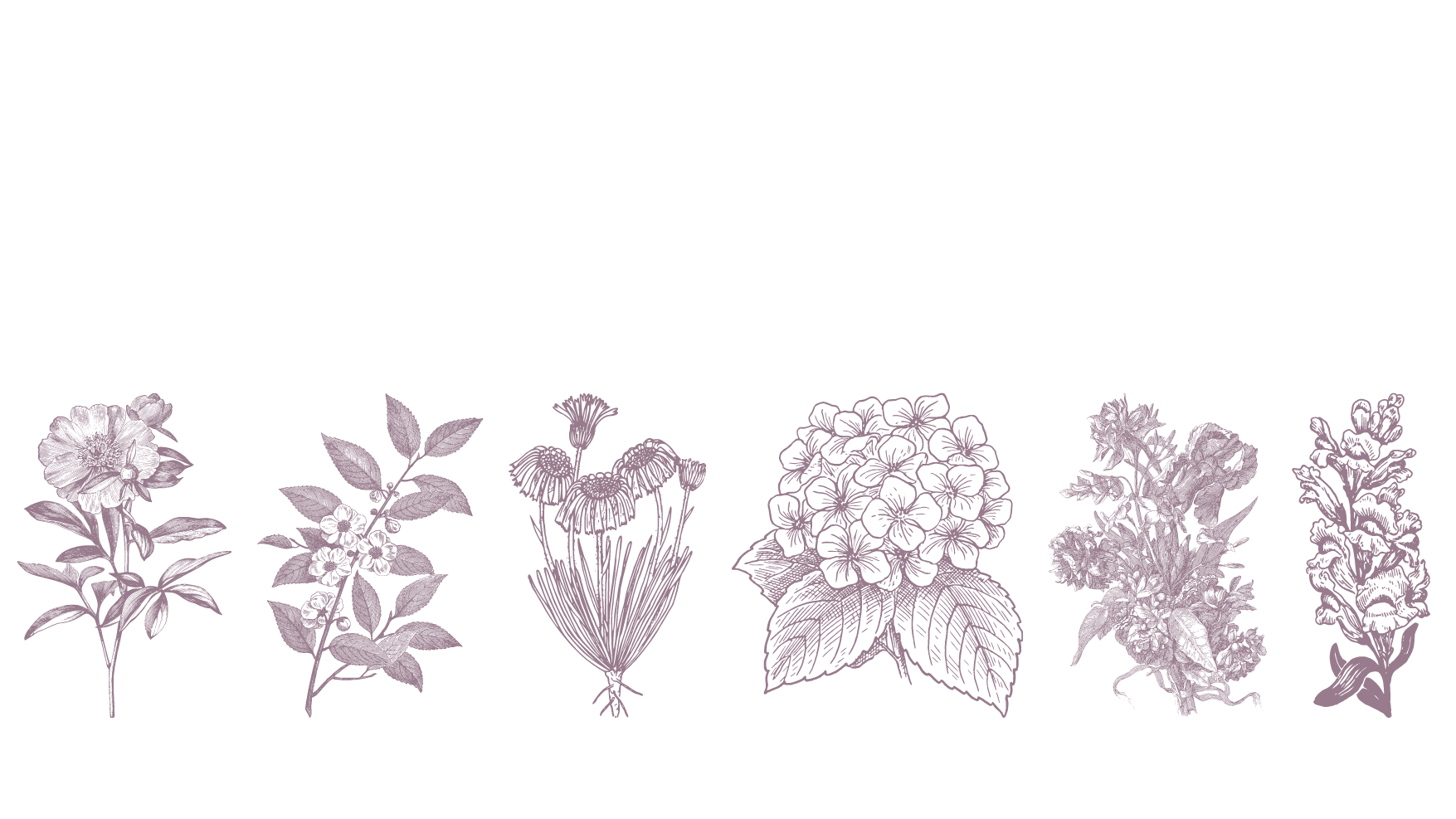
Traditional Korean crafts – najeonchilgi
Najeonchilgi refers to a type of handicraft where pieces of shells are inlaid as decoration on lacquerware or woodware. This technique can also be used to decorate metal or other types of surfaces. The most representative Korean lacquerware is najeonchilgi, whose surface is inlaid with mother-of-pearl or mica.
China’s luodian technique was introduced to South Korea during the Song dynasty. It was later refined by highly skilled Korean craftspeople to make even more delicate and elegant wares. The technique remains in use today. Najeonjang – mother-of-pearl inlaid lacquerware making – is listed as No. 10 on South Korea’s Intangible Cultural Heritage list.
The process of making najeonchilgi is extremely elaborate and requires a lot of time and effort. It takes more than three months to complete a small najeonchilgi jewelry box. The process is as follows: shells are cut into thin slivers and then shaped into all types of forms based on patterns and designs. Next, they are arranged and glued onto the base surface and a layer of gray base is applied, followed by a layer of varnish. The entire piece is then polished and the topcoat is removed to reveal a lacquer surface as glossy as a mirror. The final step is engraving decorative designs on the shells.
The passing down of najeonchilgi craftsmanship has encountered the same difficulties as other traditional art crafts. It faces the same obstacles in attracting young people, transitioning, and achieving innovative breakthroughs.
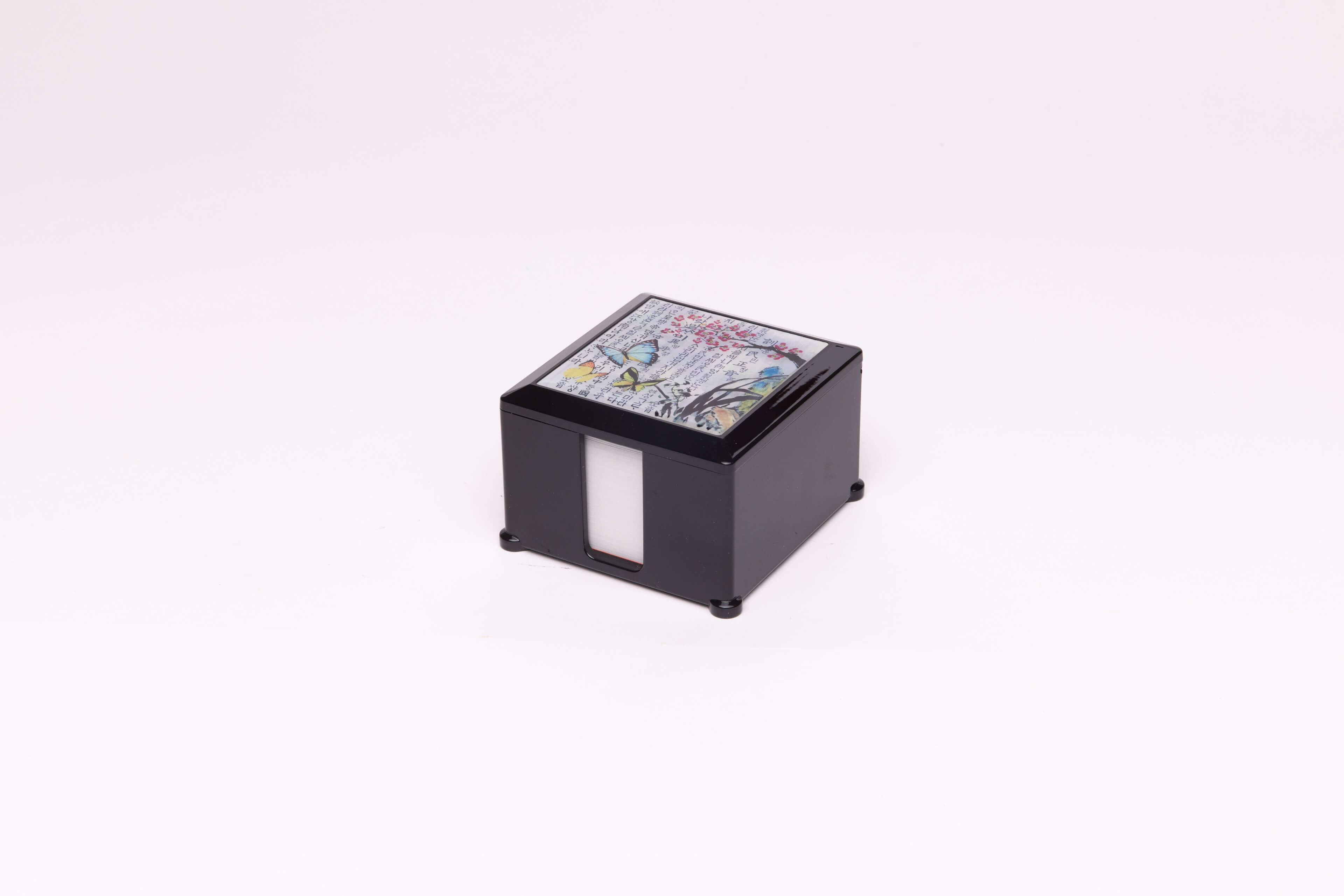
Lacquer note box
The shiny and exquisite note box has a classic aesthetic that stands the test of time. The earliest lacquerware found in South Korea dates to the 1st century BC. After the Tang dynasty’s luodian technique spread to South Korea, it developed into najeonchilgi. This technique arranges shells, pearl chips, gems, and other materials into the shapes of flora and fauna or figures, and then inlays them into pre-carved concave designs on lacquerware. After complicated steps including lacquering, smoothing, and polishing, what is produced is colorful najeonchilgi. This skill has been passed down for a millennium, and najeonchilgi is often presented as a gift from the Korean government to foreign dignitaries.
Gifted by Hwang Myeong-seon, Mayor, Nonsan City
<Read More "Lacquer Note Box">
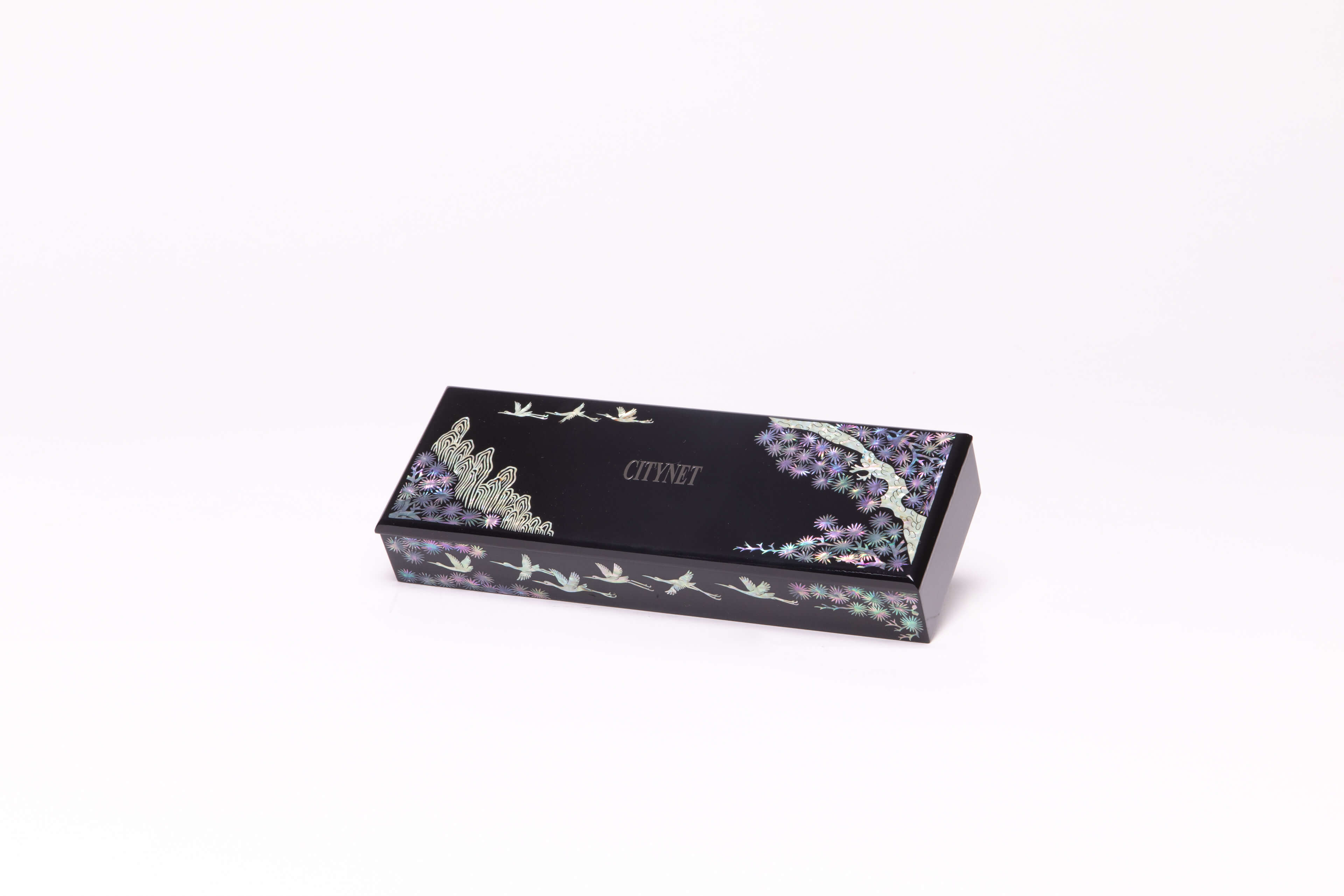
Najeonchilgi box
When talking about traditional crafts introduced from China that have successfully spread and developed their own characteristics, South Korea’s najeonchilgi will definitely come up in the conversation. This type of ware is made by inlaying shells, pearl chips, gems, and other materials. The finished products are beautiful and delicate. As there are many decorative styles, this skill that has been passed down for a millennium is still used in modern times to make furnitures. Traditional motifs such as flora and fauna have given way to modern ones such as squares or cartoons, making the wares both retro and fashionable.
Gifted by Mary Jane Ortega, Special Adviser, CityNet
<Read More "Najeonchilgi Box">




